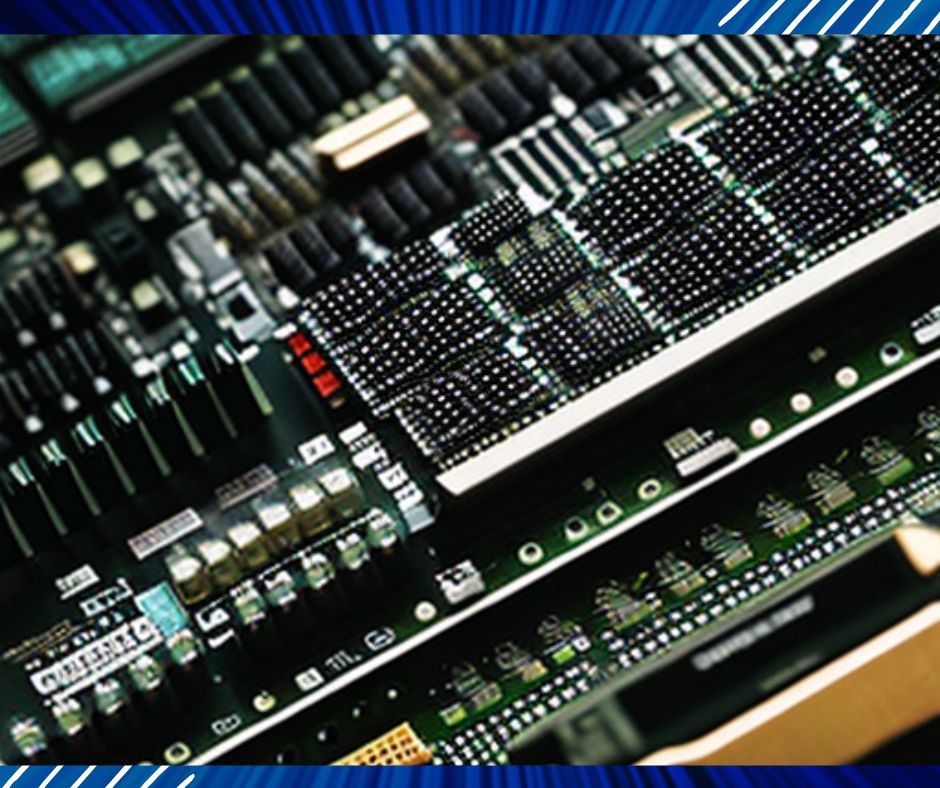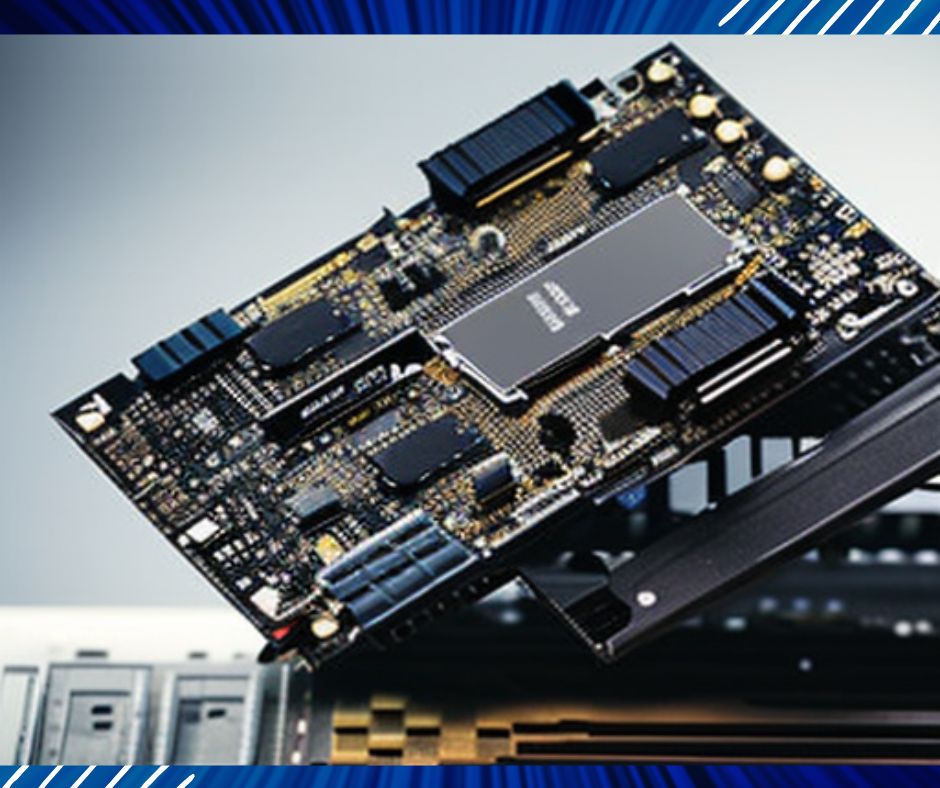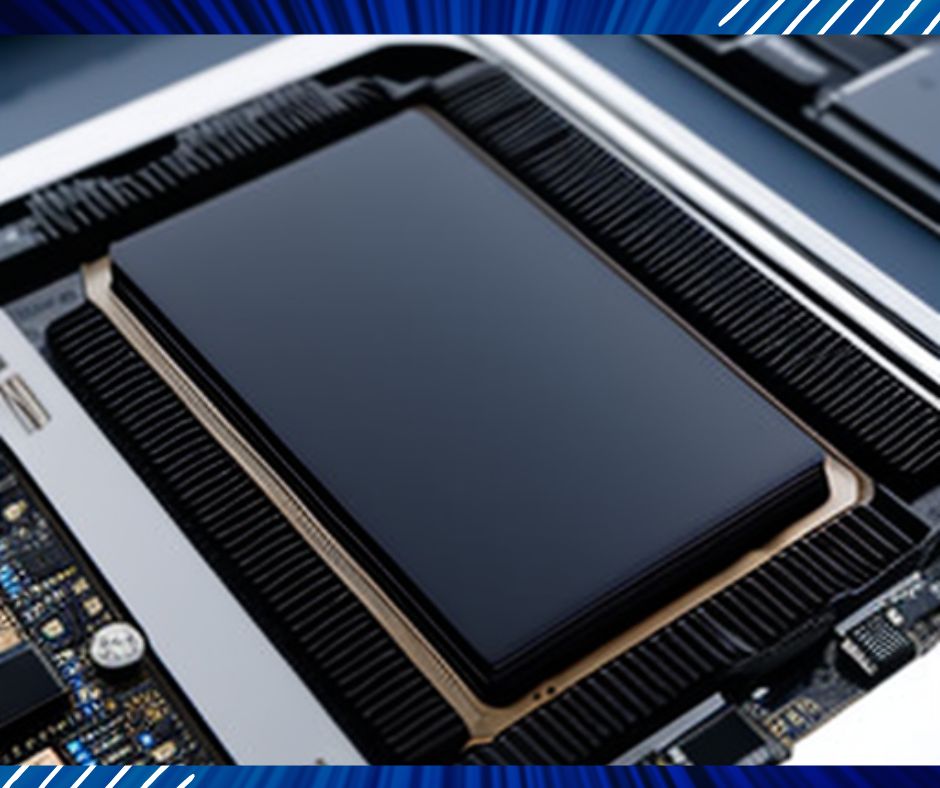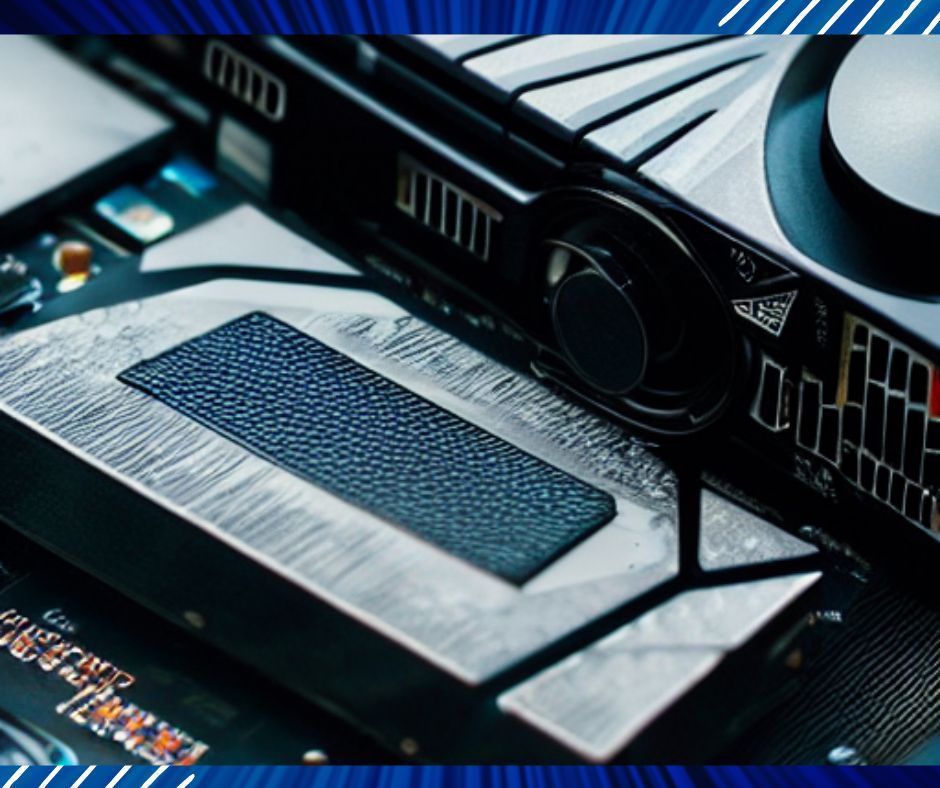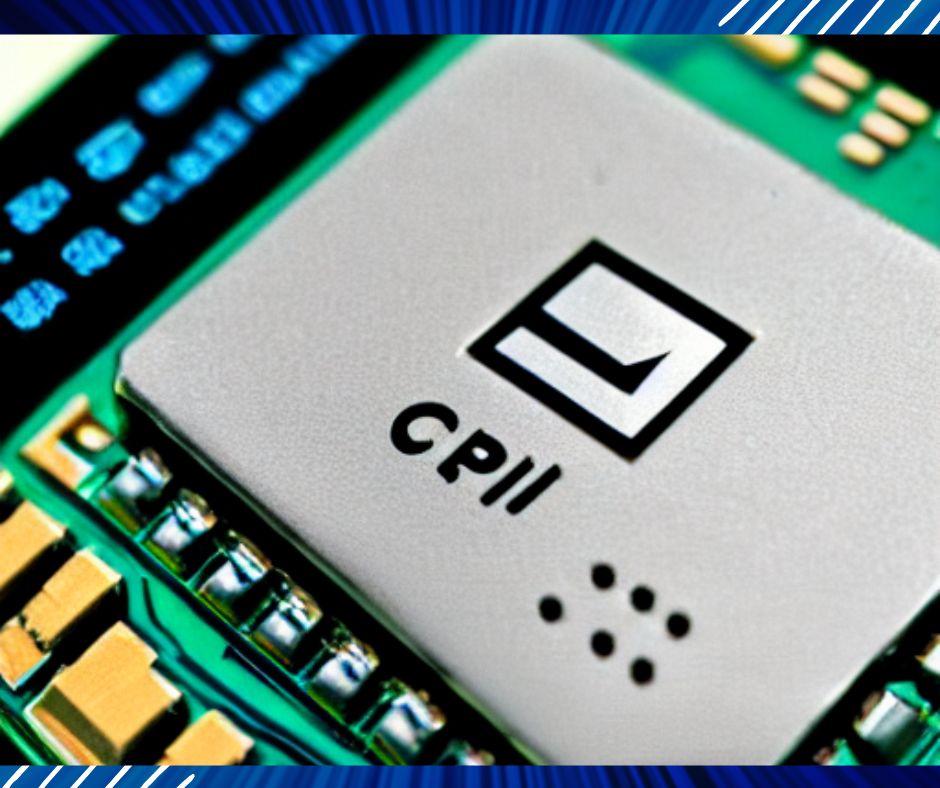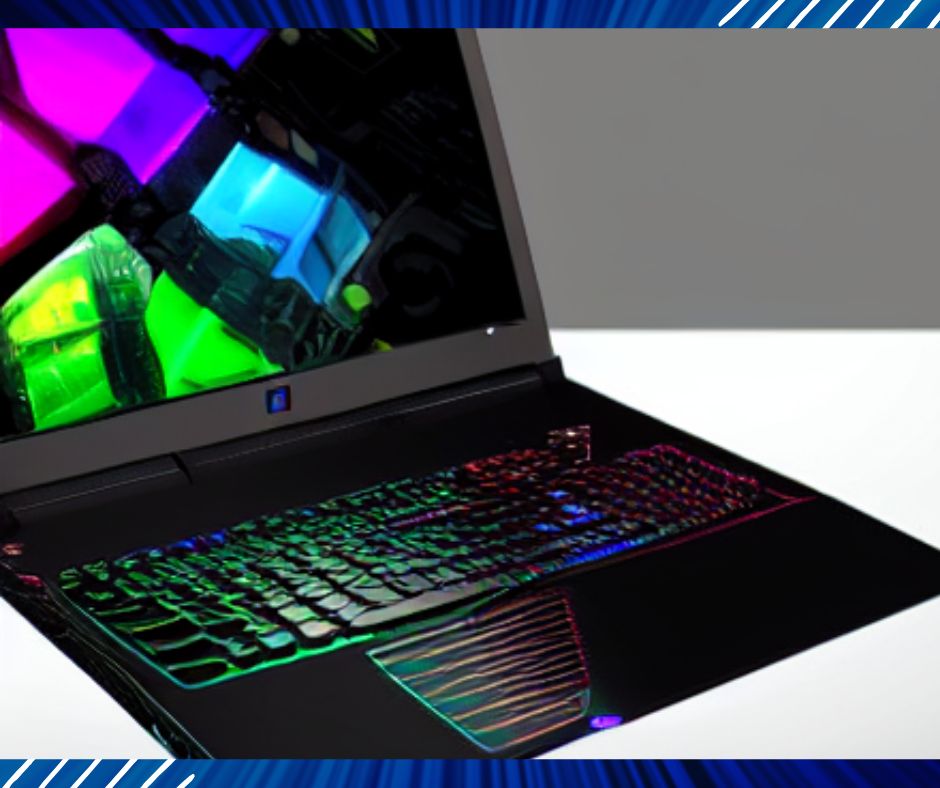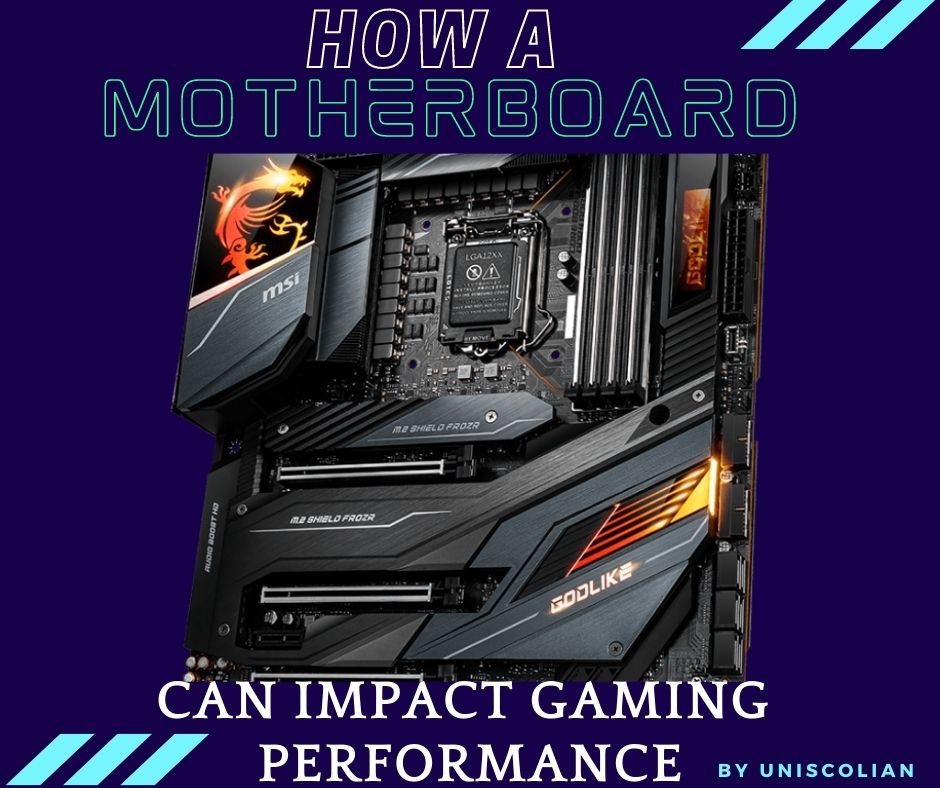
A motherboard is a component that can be found in a computer system and it has a lot to do with how well your video games run. It helps determine what type of processor you will have, how much RAM memory you can use, as well as where all the various components are located inside your case. If there are any problems with your motherboard, then this will lead to having major issues while playing games on your PC. In this article, we’ll discuss why motherboards matter for gaming and look at some tips for choosing one!
What is a motherboard
The motherboard is the most important part of a computer. It connects all the other parts together and can be considered to be like the “spine” or backbone for your PC. The CPU (Central Processing Unit) plugs into it; memory modules plug into it; major connectors such as SATA power plugs, USB ports, and video outputs plug into it.
A motherboard also contains things like the BIOS, which is used to control all of these pieces and tell them what to do; the CMOS battery, which supplies power for settings such as time on your clock or passwords you’ve set up in Windows; and a slot for inserting expansion cards that expand the capabilities of your computer.
The motherboard also contains the chipset, a small piece of hardware that connects various other components to each other and enables them to communicate with one another. The term “chipset” is also used for integrated chipsets (the best kind in most cases) because they include all the essential system logic required to connect to the main system bus and access various types of memory.
It is also responsible for handling data traffic between different components inside your computer, such as by directing the flow of information from one component to another when it needs to be processed. A chipset’s specific architecture determines how well it performs each task; in other words, a chipset’s architecture is what determines its speed.
How the motherboard affects gaming performance
The motherboard can make a huge difference in your gaming performance. It’s not just the graphics card and CPU you need to worry about when it comes to getting good frame rates, but also the type of RAM that is being used on the motherboard, as well as its number of slots. More than one slot will give you more options for adding more RAM, which can improve performance.
The type of motherboard you choose will depend on your budget and other needs for the computer – such as whether or not you need USB ports to charge a phone while gaming. If there’s a desktop version available from the same company that made your graphics card, it might be worth looking into that as well.
The motherboard will typically come with a software suite, which may include things like an overclocking utility for when you want to get the maximum amount of performance out of your system at any given time. Be wary of these utilities because they can cause stability problems in the long run and could lead to crashes or even loss of data.
Make sure to get a motherboard with USB ports if you need them for charging your devices, but don’t sacrifice performance in other areas just to have the ports available. And always make sure that there is an open PCI-e slot so that you can add more RAM and graphics cards when needed down the line.
Related Article: What is the Difference Between Regular and Gaming Motherboards?
Motherboard specifications you should consider for gaming when purchasing one
The first thing that you should consider when purchasing a motherboard is the size of the CPU. If you have an older Intel Core i-series processor, then it is likely to be compatible with most motherboards on the market. Nonetheless, if your system uses AMD Ryzen processors or newer versions of Intel’s CPUs then what type and how many RAM slots the motherboard has will be important for you.
The second thing to consider is how many RAM slots are on the board and what type of RAM they accept. If your system uses DDR-RAM, then make sure there are four slots because most memory sticks come in pairs. Furthermore, if it’s an older Intel Core i-series processor and you want to upgrade the memory, then make sure that there are two slots for RAM sticks.
The third thing to consider is the size of your video card. If you are using an older version of a desktop processor, then it will have either a PCI-E x16 slot or PCI-E x32. The PCIe x16 can accept a graphics card up to about 16 inches long while in contrast, there’s no limit on the PCIe x32.
The fourth thing to consider is the chipset, which allows for different features on various motherboards that have the same CPU socket. For example, if you need support for USB ports or SATA connections then this will be important but this won’t matter as much if your motherboard has an older processor and can only take DDR-RAM.
The fifth thing to consider is the size of the motherboard and how many slots it has for things like SATA connections, USB ports or additional expansion cards. The newer Intel Core i-series processors support more serial ATA drives but if you are using an older version then this may be a problem because there will only be two drive bays.
The sixth thing to consider is the motherboard layout, which means where each component will be on the board in relation to one another and how they are connected together. If you plan on using a top-of-the-line video card then make sure that it has at least two PCI-E x16 slots because these cards need 16 lanes for data to transfer between the graphics card and other components.
The seventh thing to consider is whether or not you plan on overclocking your processor. Intel Core i-series processors can be overclocked but AMD Ryzen CPUs cannot, which means that you’ll have quite a different experience with each motherboard. More importantly, if you plan on overclocking your Intel Core i-series processor then make sure there are at least three PCI slots because this will allow for the best cooling.
Lastly, it’s important to know what type of processor you are using to make sure that the motherboard is compatible with your CPU socket.
Graphics card installation and power supply requirements for gaming rigs
Graphics card installation is a tricky matter when working with gaming rigs. Graphics cards are notoriously large and bulky for some people, especially those who have built their own computer from scratch. The best way to install them into your motherboard depends on both the size of the graphics card as well as what type you’re intending to use. There are two different types of graphics cards: the traditional PCI-E and the newer M.
Both types will need to be plugged into a power supply unit with an additional six-pin or eight-pin connector and then inserted directly into your motherboard where they’ve designated slots on either side of the board for installation. If you are using one that requires more than six pins, you will need to make sure that your power supply unit has the additional connectors for it.
There are many different factors that go into choosing a graphics card for your gaming rig: price, size, performance, and compatibility with other hardware on your motherboard (particularly when using an older BIOS). If one is not compatible with another component, it can result in poor performance or even a blue screen.
All of these factors are important to consider when purchasing your graphics card and should be researched before you make any decisions about which one will best suit the needs of your gaming rig. It is worth noting that while certain cards have better compatibility with older BIOS versions on motherboards than others, it is never a good idea to use a card that does not operate with the BIOS version installed on your motherboard.
Related Article: Best Motherboard for Core i3 9100F
Why choosing the wrong motherboard can impact gaming performance
Motherboards are the backbone of a computer. They handle data and power to all other components, so it’s essential that you choose one wisely. The wrong motherboard can impact your gaming performance in a number of ways:
– You may not have enough slots for add-in cards such as extra graphics cards or sound cards needed for gaming.
– Your motherboard may not include the right slots for your CPU needed for overclocking or runs at a slower speed than you need it to use the default settings.
– It might have insufficient power connectors, too few USB ports, and/or lack other important features that gamers want on their motherboards such as built-in Wi-Fi.
– It may not have the right number of sockets for your RAM, or it might lack slots with enough bandwidth to provide optimal performance.
– The wrong motherboard can also make you vulnerable to a BIOS attack that allows hackers on the internet access to control and change settings in many types of systems from afar without leaving any evidence behind.
– It may not come with the latest BIOS firmware that provides protection against vulnerabilities.
– Finally, choosing a motherboard without sufficient features could mean you miss out on future development and software updates from your CPU manufacturer or other manufacturers such as AMD for example.
Why you should consider upgrading your motherboard to improve your gaming experience
It is a common misconception that all the components of your PC contribute to performance equally. This isn’t true, and there are many factors at play which can affect how well different aspects of your gaming experience will run on a given machine. For example, CPUs have vastly varying levels of power even within one generation due to manufacturing process differences or variations in the silicon quality.
One of the most important factors to consider when upgrading your PC’s hardware is that a motherboard upgrade can have massive impacts on performance and power consumption for both CPU and GPU intensive tasks, but it doesn’t affect every game equally. For example, you may want to invest in an Intel Core i7980XE if you’re playing a game that heavily relies on multiple cores, but some games might not be able to take advantage of the additional power.
The trick is figuring out which processor and motherboard are best for your gaming needs. You’ll need to do research about what components you should buy in order to get the most performance from your new rig without wasting money on features that you won’t use.
Before buying a new motherboard, do your research to figure out what specs are best for your intended usage. Knowing the difference between an Intel Core i7980XE and an Intel Core i7900K will make all the difference in terms of how well they perform as well as their price point.
Remember, if you’re not sure what specifications are best for your needs and want to make an informed decision about the components of a new gaming PC, it’s always better to consult with someone who knows their stuff. It can be difficult trying to figure out which processor is right for you when there are so many options available from Intel alone.
The motherboard should be the first component you upgrade if your current one is old. If it’s already a couple of years old, then upgrading to an Intel Core i7980XE or something similar will have major benefits for both CPU and GPU-intensive tasks. You may not notice much difference in performance on games that don’t rely heavily on CPU or GPU power, but if you play games that rely on either of those components for high-quality graphics then the difference will be dramatic.
If your current motherboard is newer than a couple of years old, upgrading it won’t have as much impact on performance. However, there are other benefits to consider with an upgrade such as more USB ports, improved power efficiency for longer battery life on laptops, and better support for newer technologies such as USB-C.
Common mistakes gamers make when building their own PC and how to avoid them
-Do not buy a computer case that is too big for your hardware. This will only make it more difficult to install components and may cause problems with airflow.
-Before installing any CPU cooler, check the motherboard to see if you have enough room between the socket and the fan or heatsink on top of it. If there isn’t enough room, the heatsink will not be able to provide adequate cooling and you’ll have to find another CPU cooler.
-Do NOT buy a power supply that is too big for your hardware. Get one of those little calculators on Amazon or Newegg beforehand so you know what wattage corrects for your system’s needs. If you have a 450-watt power supply and you’ll be installing all the necessary components, get one rated at 600 watts.
-Do not connect any cables to your motherboard before connecting the CPU cooler or memory modules. You will need access to those ports later on when doing so would require taking off some other component of hardware in order for it to be plugged in.
-Do not forget to plug your power supply into the motherboard if you want it to turn on at all! If you have a modular power supply, make sure that every cable is connected before powering up your computer.
-Don’t be afraid to ask for help! Other people who built their own computers long ago probably have the answers to your questions.
-PC Building is a skill that takes time and patience, so don’t be discouraged if you get stuck or make some mistakes along the way! That’s all part of the learning process!
Things that may cause issues with motherboards, such as overheating or power supply problems
Motherboard failures are often attributed to overheating, power supply problems, or other related hardware issues. The motherboard itself is not immune from failure; however it is less common than the aforementioned component malfunctions because of its higher quality and reliability standards.
The simplest way to determine if a motherboard has failed is by removing it from the system and inspecting for any burned, damaged or discolored components. If the motherboard has failed in any way, it will need to be replaced with a new one as soon as possible. Motherboards can fail due to overheating from:
– The CPU is too hot; this causes thermal throttling which reduces performance over time.
– The power supply is too hot; this causes thermal throttling which reduces performance over time.
– Components that the motherboard supplies power to, heat up as well and therefore require more cooling such as graphics cards or hard drives.
This overheating can be caused by:
– Poor design of the case’s fans means they are not providing enough airflow to cool components.
– Poor design of the case’s fans means they are not providing adequate cooling for components, especially where there is a lack of space or vents in close proximity to one another.
– The CPU fan has stopped working correctly and needs immediate replacement as it will overheat if left untreated.
– The power supply fan has stopped working correctly and needs immediate replacement as it will overheat if left untreated.
Motherboards can fail due to power supply problems: – The power socket for the motherboard may have been damaged or exposed, preventing any connection with a new device.
– A cable from the PSU to another component within your system could be faulty, meaning it is not supplying power to the motherboard.
– The PSU itself may have failed and needs immediate replacement; although this is rare as it has a higher quality and reliability standard than most other components.
Motherboards can fail due to component failures: – A memory module or RAM chip on your motherboard could be broken, leading to any number of errors such as ‘No system memory detected or one of the system memories is not recognized’
– Any other component on your motherboard could be broken and needs immediate replacement.
Motherboards can fail because they are old:
– Many motherboards come with a warranty that is valid for up to five years meaning if it is past this time and anything goes wrong, you will need to purchase a new one.
– As your motherboard is old it may not be compatible with newer devices or have insufficient power output for the latest components such as graphics cards and CPUs meaning they are more susceptible to failure.
Tips on how to choose the right motherboard for you and what features are important when purchasing one
After you decide on the type of motherboard, there are a few other things to keep in mind when purchasing one. First off, you want a motherboard with enough slots for your needs; if you have plans to add more cards later down the line (such as another graphics card), make sure that it has at least three PCI Express x16 slots, with two of them being 16x. Second off, you want to make sure that the motherboard can handle the power requirements for your new CPU and GPU; if you have a high-end graphics card or processor which requires more wattage than what’s available on an ATX form factor board then it is wise to get one with at least two EPS 12 voltage connectors.
Lastly, you want to make sure that the motherboard has all of the features which are important for your needs; if I am building a system primarily for gaming purposes but also need some extra storage space, then I will look at motherboards with support for RAID configurations or multiple SATA ports. If building an office PC, then I will look for a motherboard with more USB ports and/or Ethernet.
It is important to keep these features in mind when looking at motherboards as there are many options out there, but the right one depends on what you need from your PC.


